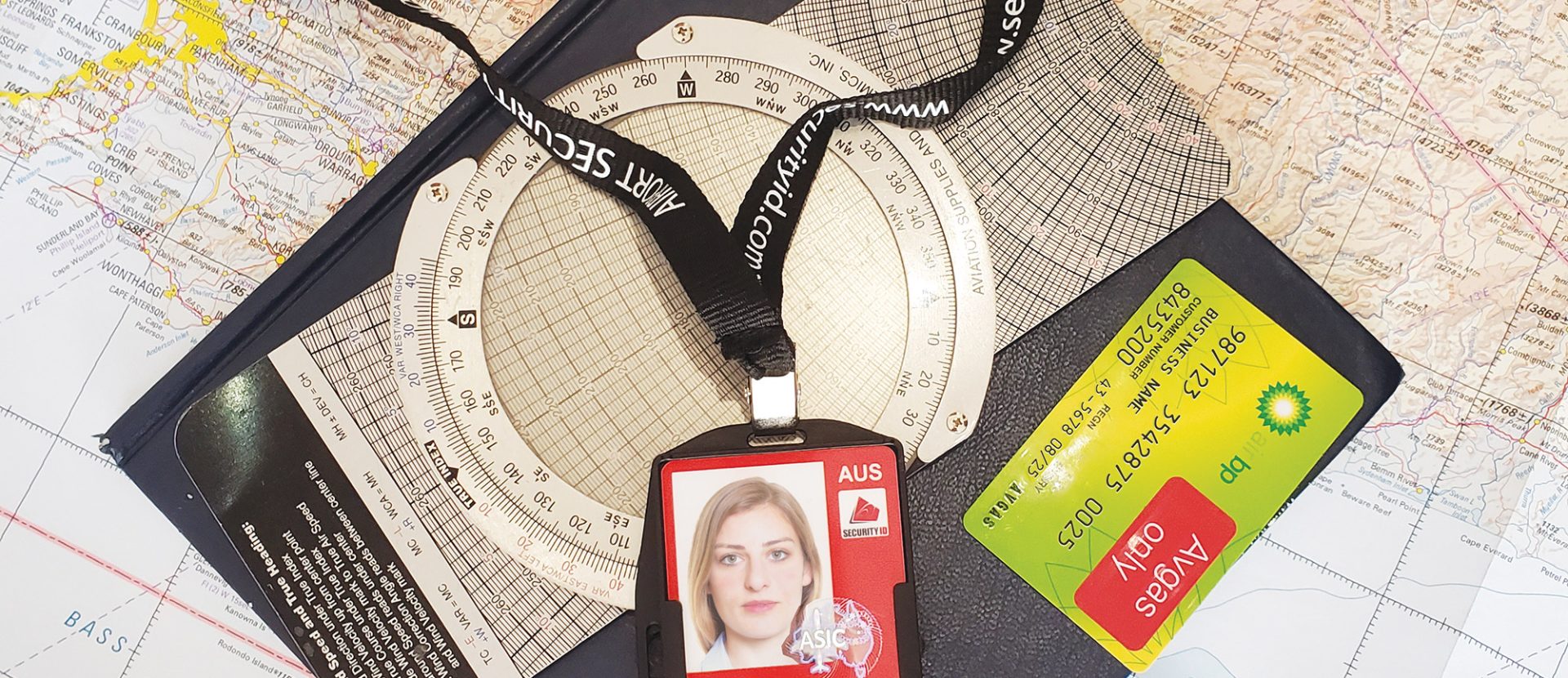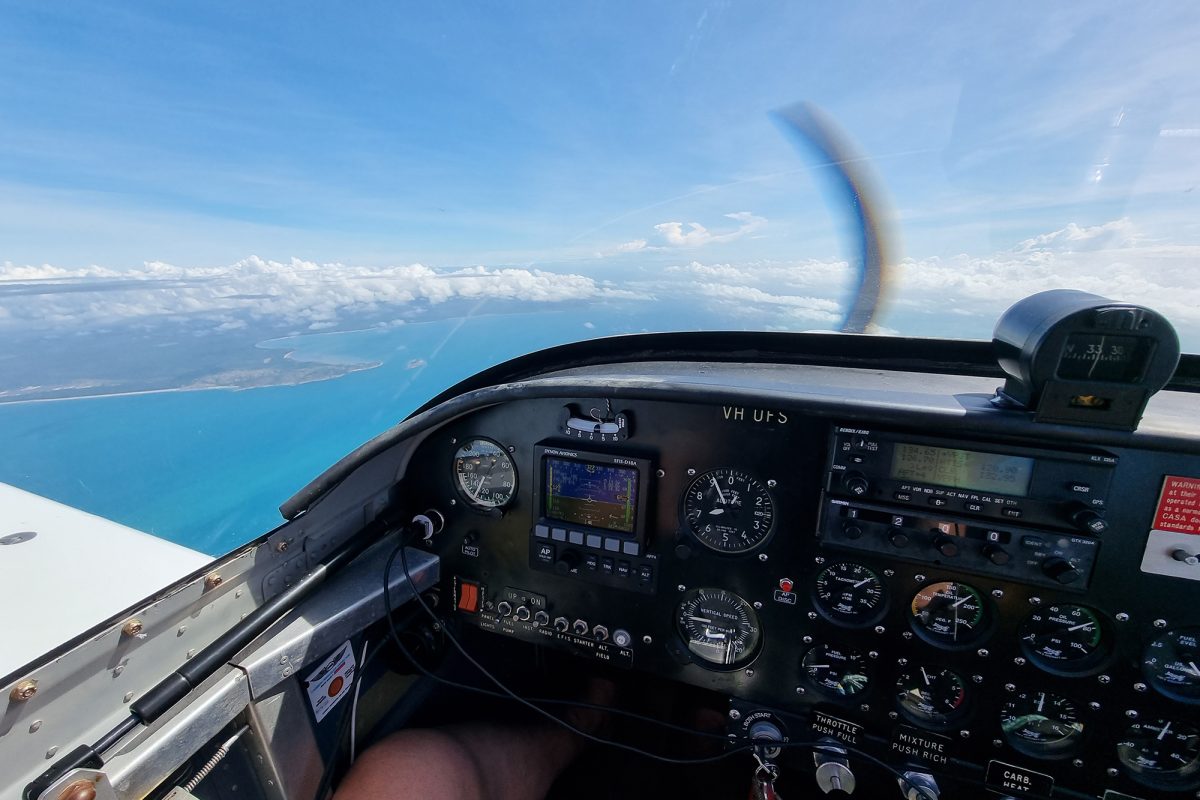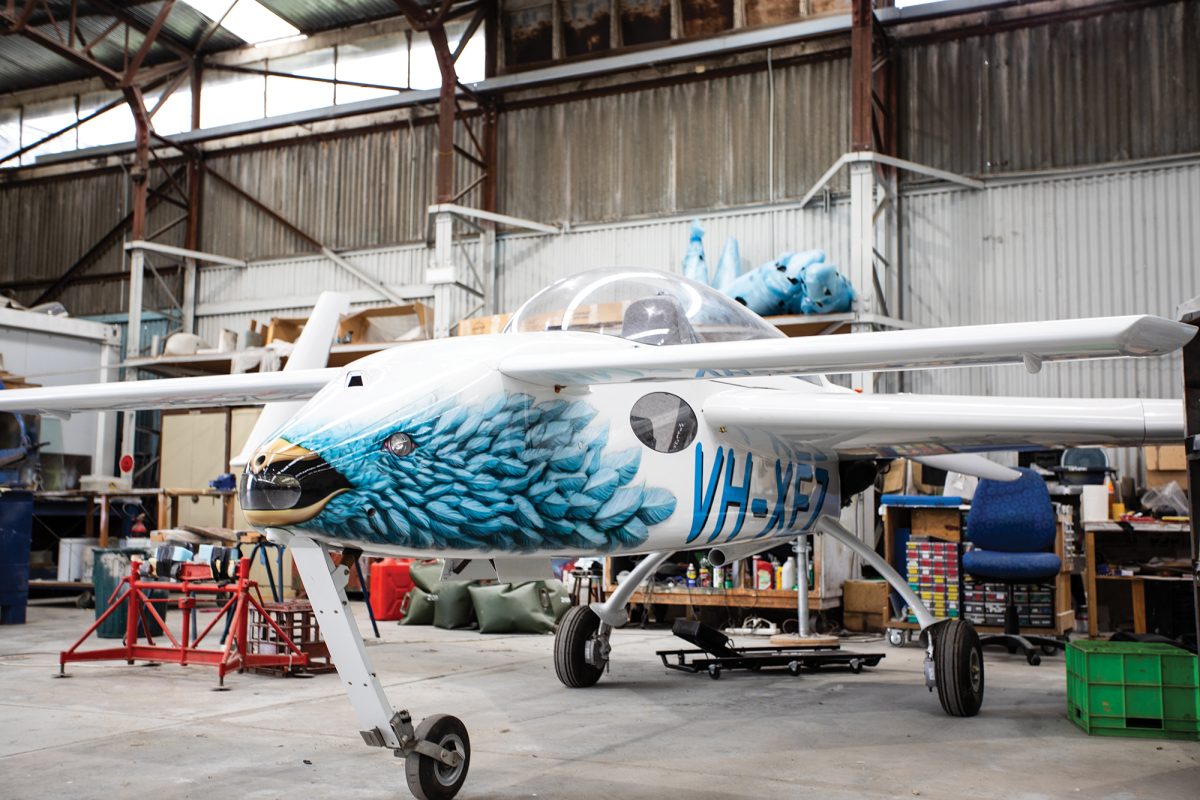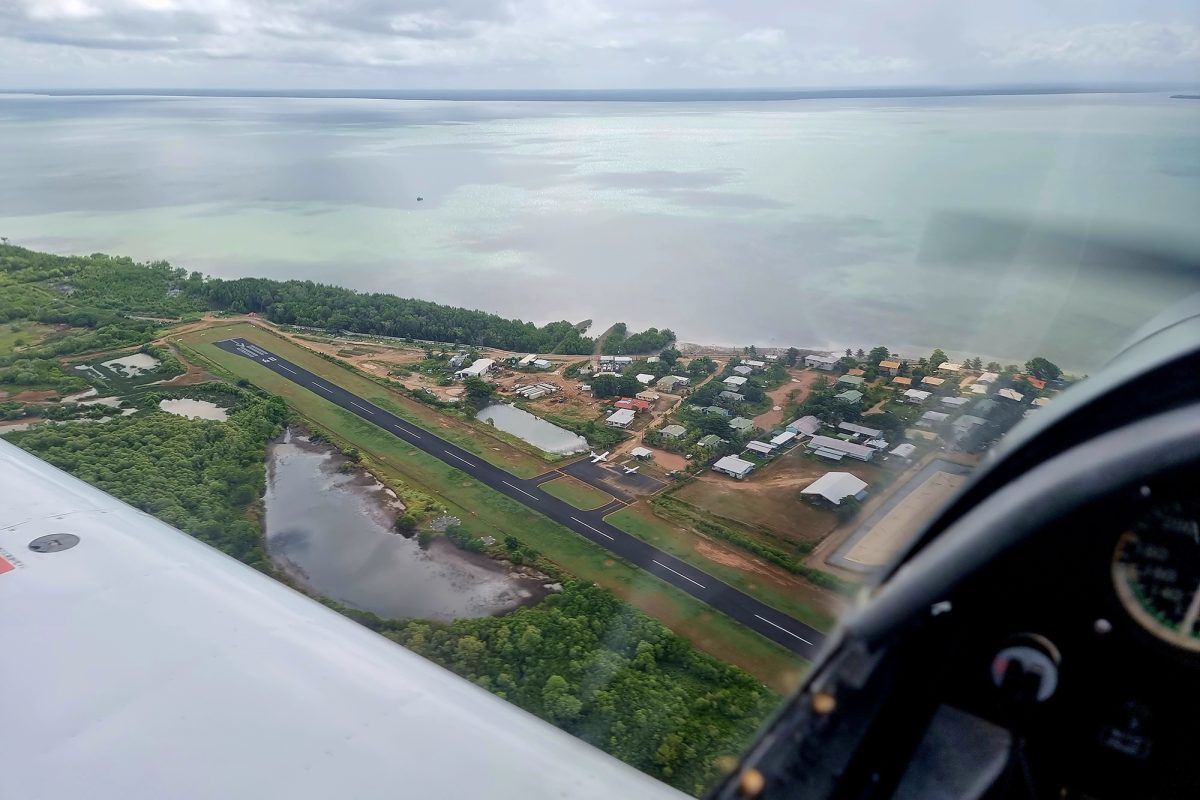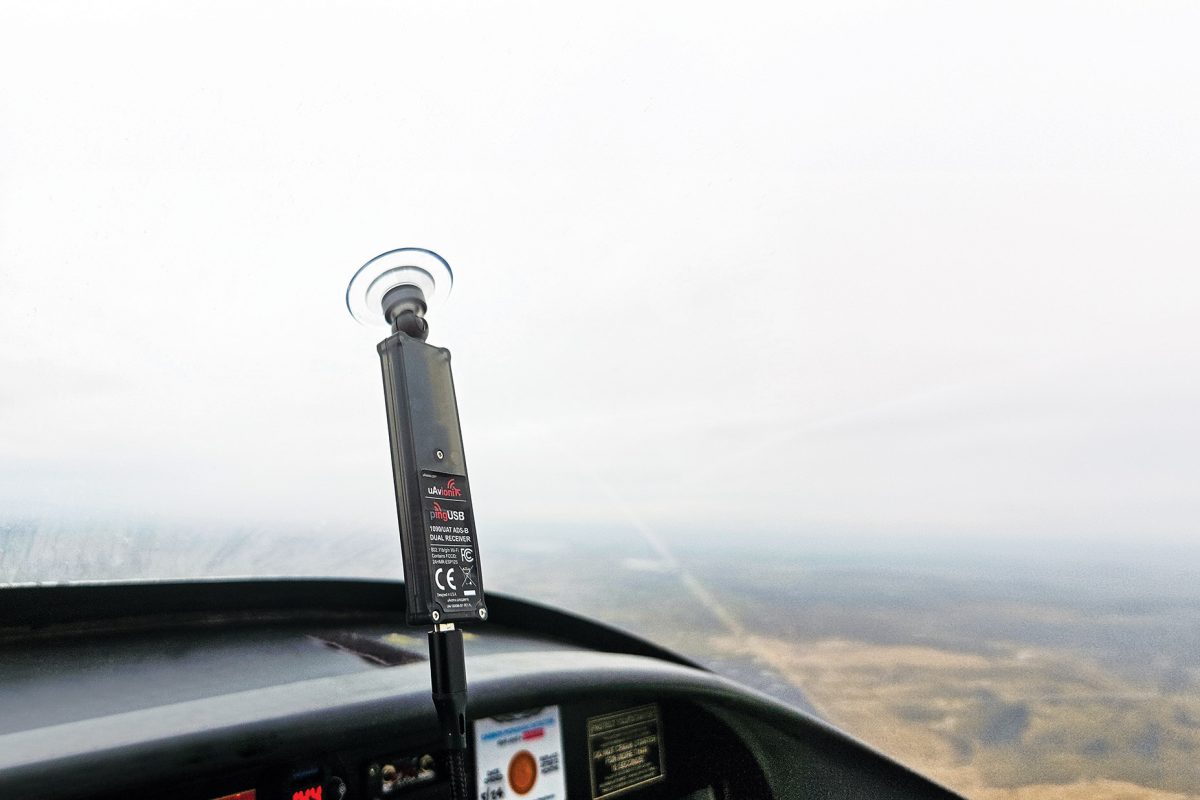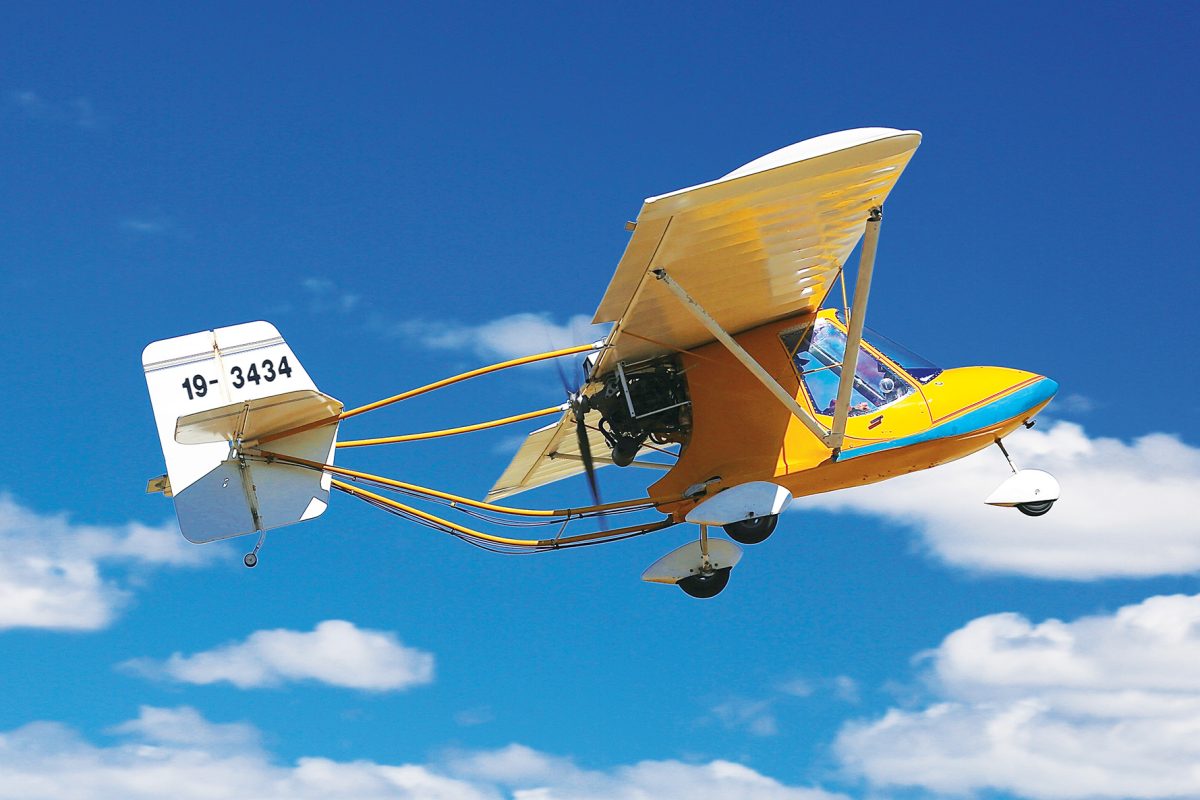In Edition 99 of SportPilot, we featured an article ‘Getting Red Carded’ – explaining some ‘how to’ with Aviation Security Identification Cards (ASICs). Reader letters have been rolling in since: Why does it exist? Why is it necessary? Why does it cost so much? Why do I have to submit my identification every 2 years, from scratch?
Well, here’s an answer to the first question – from Dr Luke Howie, who is an internationally-renowned anti-terrorism expert.
Where the next terrorist attack will occur is not an easy thing to predict. Before the attack on the Ariana Grande concert in Manchester in 2017, counterterrorism professionals had not really considered a concert for teenagers to be a serious target. Mass gatherings of people have always been vulnerable to terrorism, but such gatherings regularly occurred in busy cities prior to the Covid pandemic.
Why Ariana Grande? She was never an outspoken political figure or a public enemy of Islamic State terrorists. Counter-terrorism experts understood, of course, that opportunism played a huge role in the decision to attempt an act of terrorism. It seemed clear in the aftermath of the attacks that an Ariana Grande concert was an ideal way to spread a violent political, religious or ideological message.
Before the attacks on the London public transport system in 2005, counter-terrorism experts felt such an attack was possible but unlikely. Bombing trains and buses was more of an IRA-style approach, and not the ordinary practice of groups like al-Qaeda. This was the perspective despite a similar al-Qaeda attack occurring just over a year earlier in Madrid. After the London attacks it seemed obvious that public transport networks were highly vulnerable to terrorism.
Over time it became clear than preventing terrorism was often a reactive exercise. Counter-terrorism experts understood after London, better than they had before, that if we were not careful, we would only ever be responding to what the last attack looked like.
In the mid-1990s a popular spy novelist approached his publisher with an idea. What if terrorists hijacked aircraft and crashed them into cities around the world? The publisher rejected the idea on the grounds that it was implausible. It was, literally, beyond our wildest dreams. Air travel was, and remains, among the safest ways to travel. But 9/11 really did change everything.
Counter-terrorism experts had worked hard to keep guns and bombs off planes and the idea that the plane itself might be the weapon had not seriously crossed anyone’s mind before 9/11. But here we are, over 20 years later, and strict security around aviation is the norm. Experts have often commented that a 9/11 style attack is close to impossible now, as evidenced by the numerous foiled plots involving aircraft since 9/11.
Cockpit doors are heavily fortified, there are extensive restrictions around what can be brought on a flight, and extensive security screening of passengers is standard practice. Pilots and their cabin staff from all walks of life require special security clearances to fly.
“Red Cards” are administered under the Aviation Transport Security Regulations. These regulations fall under the control of the Department of Home Affairs. When a counter-terrorism expert is asked to go to Canberra to meet with “Home Affairs”, we understand that often means ASIO, who are administered under this department. Successfully obtaining a red card requires that the applicant undergo an ASIO background check, the purpose of which is to determine whether someone poses a national security risk, usually related to their involvement in a politically motivated and potentially violent activist group (i.e.: a terrorist group or a group of people who may become one).
According to the Home Affairs website, red cards are designed to mitigate the possibility of terrorism or other ‘unlawful interference’. From early 2005, as part of processes to improve airport security after 9/11, it became a requirement that staff requiring unsupervised access to landside and airside security zones would need an ASIC security card. There are three levels for ASIC security cards; they are red, grey and white. They cost $234 and have to be renewed every two years.
It would be reasonable for sport pilots to doubt the need for such security screening. There is a certain reactiveness, a type of panic, in requiring every single person with unsupervised access to secure zones to have a red card. But governments and experts were panicking after 9/11. There are also, perhaps, inconsistencies in the red card requirement. We do not require detailed security checks for people who direct other types of vehicles like buses, trains and cars since drivers of these vehicles do not need unsupervised access to secure areas.
After the attacks on Bourke St, Melbourne in 2017 where a mentally ill man ran down and killed six people in his car, perhaps we should. Security guards only require red card-style clearance when their jobs specifically require them to have access to secure areas. It is well documented, however, that airport security and other ground staff can easily gain access to secure areas that others require red cards to access. It is noteworthy that many marine-transport staff do require similar red cards when their jobs require incidental access to secure areas.
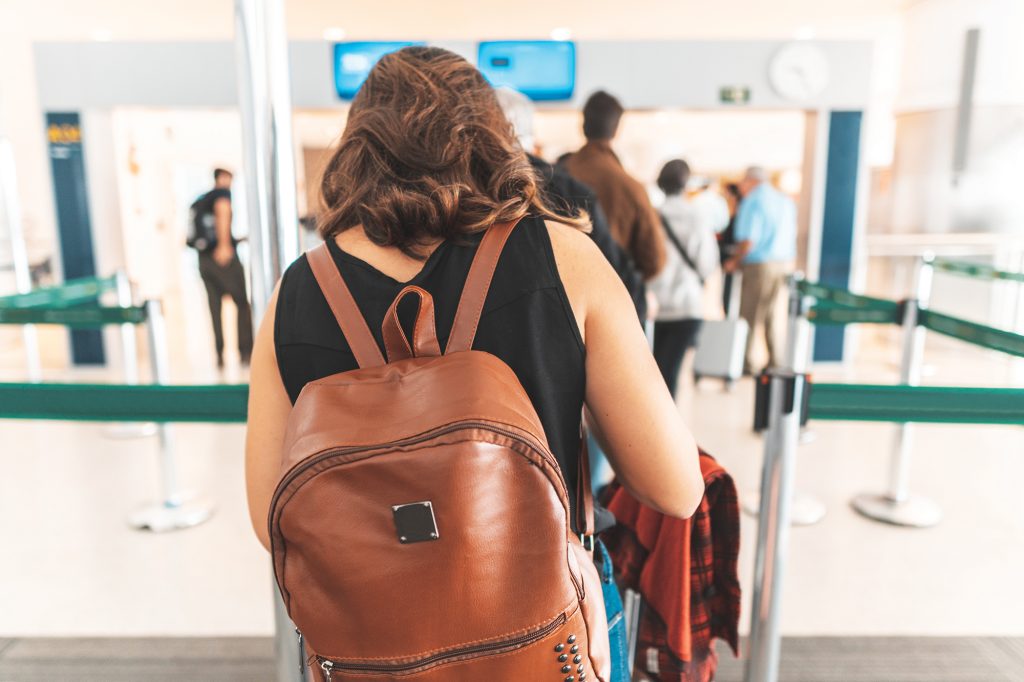
It is also pretty clear that security arrangements are not the same across all airports. Security processes at Avalon Airport are not of the same scale as the security processes at Tullamarine, primarily due to passenger volume. It is easy for counter-terrorism planners to imagine scenarios where smaller scale security services at airports can become overwhelmed. In the most practical example, a small terrorist cell faces fewer security challenges in attempting to carry out a plot on a plane leaving Avalon than they do on one leaving Tullamarine or Mascot since there are fewer police and fewer guards.
In counter-terrorism practice this is a type of systemwide vulnerability. A plane hijacked from a regional or rural airport could be used to inflict as much damage as one leaving a major airport even if it does not possess the same size and fuel load of the 757s and 767s hijacked from major airports on 9/11. Even Hobart airport, which no longer has the same Australian Federal Police presence as other airports, poses certain risks to the security of the air-travel network.
Security screening also does nothing to address the risks posed by stress and the mental health challenges experienced by pilots, especially in the aftermath of the Germanwings tragedy. Tragically it was post-9/11, fortified cockpit doors that prevented people breaking into the cockpit once the co-pilot enacted his suicidal plan.
So, we might ask, why are things like red cards necessary? In research conducted following the London bombings in 2005 in an organisation that provided public transport services in Melbourne, it was discovered that senior managers felt terrorism was not a serious risk to the public transport network. Even after major attacks in Madrid and London in the previous 18 months, efforts to prevent terrorism were still seen as a costly annoyance, rather than an important part of business security.
But these senior managers knew that doing nothing was not an option. They asked themselves a simple question: What would we say to the Coroner’s Court or Royal Commission after the (hypothetical) attack? They realised that whilst frustrating, there were good reasons to undertake simple and cost-effective efforts to reduce the possibility of terrorism. Security screening of the kind conducted for red cards is a basic element in this approach.
Terrorism risk managers see the possibility of terrorism in Australia as a “low-risk, high-consequence” scenario. In the business community, the possibility of a major act of terrorism occurring was considered so low that it was mostly not worth worrying about, yet this belief was combined with an understanding that basic security processes must still be undertaken. Partly in response to this, the Victorian government introduced the Terrorism (Community Protection) Act 2003 (Vic) which required many (but not all) businesses to plan for the possibility that they might be impacted by a terrorist attack. In 2021 this Act was reviewed and its continuation was deemed necessary in light of the evolving nature of the terrorism threat towards more domestic, rather than just international, threats.
Of particular concern to security agencies are so-called ‘lone-actor’ or ‘lone-wolf’ threats. Lone-wolf actors are notoriously difficult to stop. Luckily, lone-wolf terrorists seldom act alone. Security screening and background checks will often be enough to identify red flags in someone’s past that may be leading them down a violent path.
The 9/11 hijackers enrolled in flying lessons and began their training on small aircraft. This fact will not be forgotten quickly by security and intelligence services and weighs heavily on their minds. Security checking of the kind conducted for red cards would have gone some way to preventing 9/11. Red cards represent more than mere background checks. Holders of red cards have unsupervised access to secure locations that are part of larger transport networks.
Security and intelligence agencies need to be sure that this privilege is only possessed by those who can be trusted with it. And if concerns about individuals that hold red cards do emerge, then they know where to find them! The murkiness surrounding the activities and movements of the 9/11 hijackers in the months they were undertaking flight training is enough to make any counter-terrorism professional nervous.
Red cards, despite the understandable reservations held by many, are a vital weapon in our efforts to ensure that terrorism remains a distant and abstract threat.
